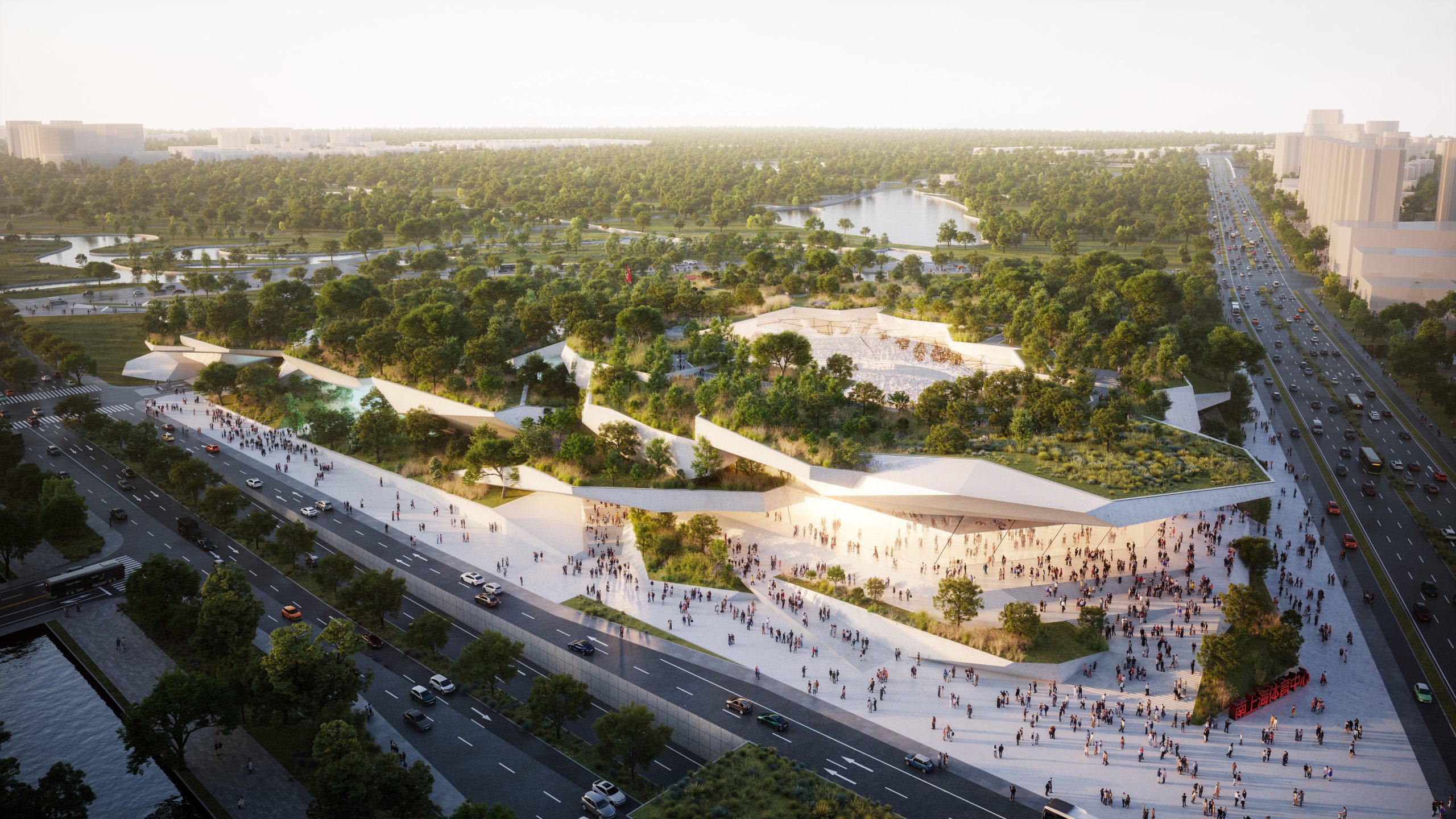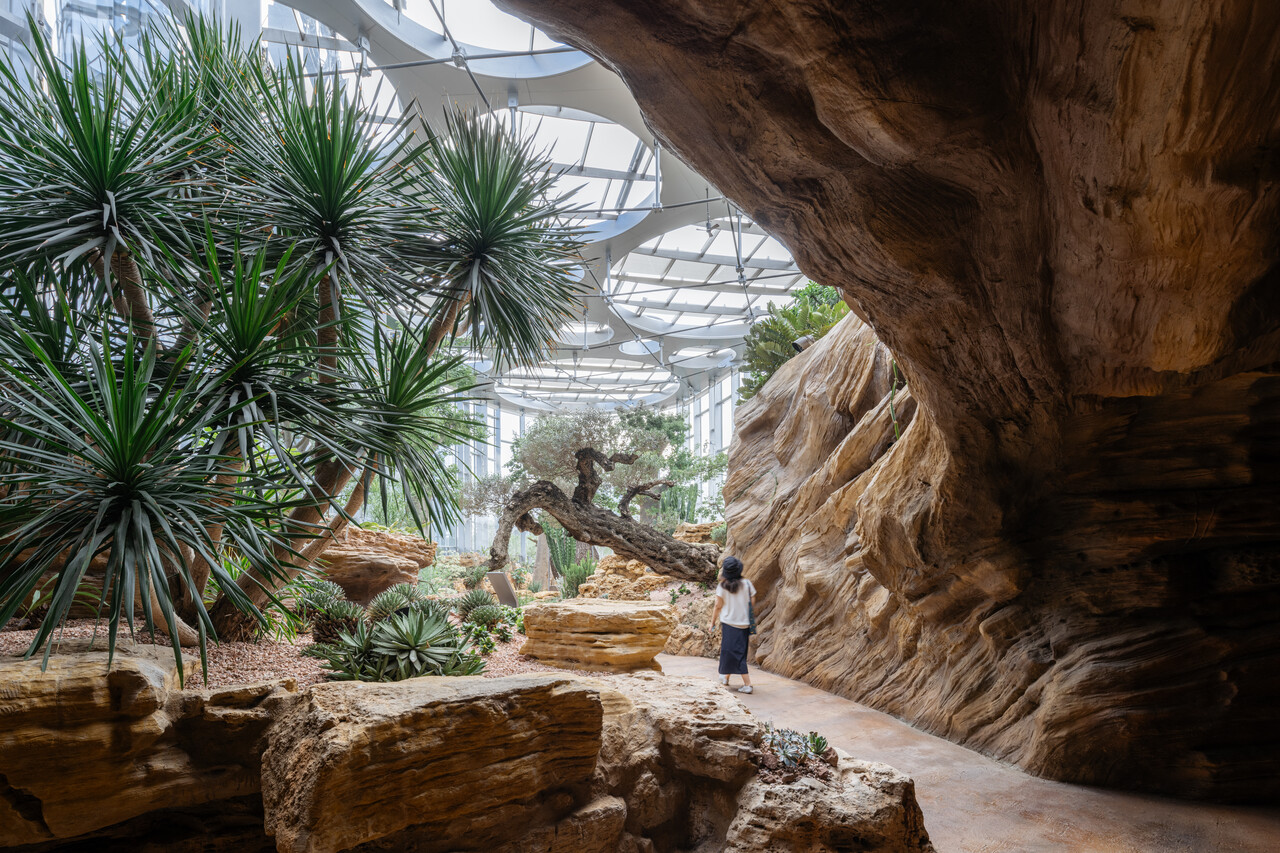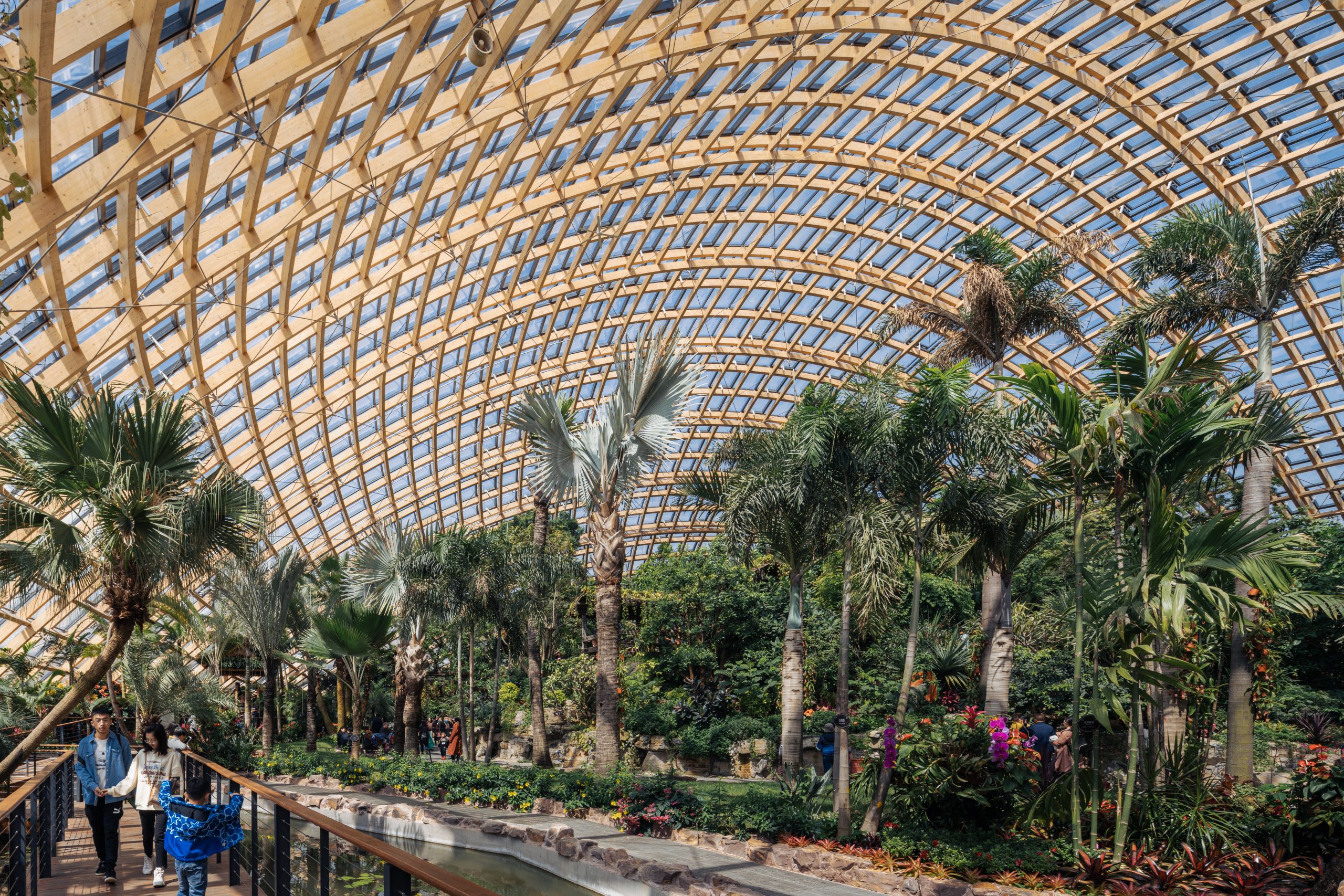Gianmarco Paglierani
Biography
ABOUT
Gianmarco Paglierani is Project Manager and Head of Computational Design at Delugan Meissl Associated Architects. With international experience in computational design, he merges advanced technologies with DMAA’s commitment to innovation, sustainability, and spatial experience. His work explores how architecture can adapt to ecological and societal change—shaping future-proof environments where nature, culture, and technology converge. At DMAA, he contributes to redefining how we imagine, design, and build the cities of tomorrow.
AWARDS
- BArch – School of Architecture – University of Florence, Italy / MArch – Polytechnic of Turin, Italy / MArch – Master in Advanced Architecture – Institute for Advanced Architecture of Catalonia, Spain
SHORT DESCRIPTION ABOUT THE OFFICE
Delugan Meissl Associated Architects is an international architecture office based in Vienna, Austria. It addresses the social and ecological issues of today, in defiance of routine responses and with a passionate and relentless focus on the new and the unconventional. Their vision is to create spaces that meet the individual, social and cultural needs of people in their regional context. Founded in 1993 by Elke Delugan-Meissl and Roman Delugan, DMAA was joined by Dietmar Feistel and Martin Josst in 2004 and is now an international team of around 40 people.
AWARDS OF THE OFFICE
2021 Structural Awards 2021 Taiyuan Botanical Garden Domes – Taiyuan Botanical Garden Gold Medal for outstanding design / 2020 gebaut 2020 Residence Adele / 2019 iF Product Design Award TEELA – Red Dot Design Award TEELA
PROJECTS TO BE PRESENTED DURING THE EVENT
Project #1: La Scala – South Shanghai Sports Center China
Start year: 01.11.2023

The Sports Center La Scala stands as a trailblazing example of successfully merging sports, nature, and culture. The significance of sport centers, especially stadiums, for a city is undeniable; however, they often pose a challenge to the urban fabric. Typically, they are lively only during events but remain empty and unused at most times. To seamlessly integrate La Scala into a natural landscape, this design transforms a stadium into a gathering and leisure spot for the local population. The existing park is being extended over the building, adorned with numerous shade-providing trees. This creates an inviting environment for a wide range of outdoor activities, including table tennis, various ball games, climbing gardens on the facades, hiking trails, and skate parks, inviting people to engage in sports and enjoy nature. An important aspect is the site‘s high quality to spend time, achieved by blending the stadium with nature. The population receives not only a modern sports center but also a rejuvenating retreat amidst an ecologically valuable landscape. This concept not only promotes sustainability but also enhances the residents‘ well-being and health. The ecological strategy ensures the preservation and reconstruction of the existing natural area at the same time. Extensive tree plantation creates a pleasant microclimate that can reduce temperatures by up to 5 degrees Celsius during the summer. This measure contributes to climate adaptation and re-duces heat islands in the city. To focus even more on an environmental commitment, a new method of humus buildup and anchoring tree roots comes to play, which was imported from Japan and successfully tested. This technology not only alleviates the burden of heavy construction for trees but also preserves the soil and environment. Instead of the stadium body, the entrance areas are architecturally emphasized to create an inviting atmosphere. On the rooftop landscape restaurants, small shops, bars, and a sports museum offer a wide range of entertainment and leisure options for all age groups.
Project #2: Expo Cultural Park Greenhouse Garden
Start year: 01.09.2019

The zeitgeist has shifted towards recognizing nature as the essential basis of our living environment. And nature has also moved to the heart of architecture. In recent years, as it has repeatedly addressed the specific task of greenhouse design, DMAA has developed extensive technical and cultural knowhow. With a population of 23 million, the megacity of Shanghai is the focal point of China’s urban and international development. The sparsely inhabited industrial suburb of Pudong has become home to one of Asia’s most spectacular high-rise skylines, at the heart of which the Expo Cultural Park is situated. But the Shanghai Region is also directly threatened by the consequences of unlimited growth and climate change. Given biting smogs, water shortages, and rising temperatures, the country’s leaders are looking for solutions that take the form of radical largescale steps – steps that should not only preserve natural habitats but also steer China’s technological and economic efforts in a sustainable direction. Before its transformation into the Expo Cultural Park, the inner-city recreational area was occupied by a coal-fired power plant and a steelworks. It was then remodeled as the location for Expo 2010. As part of the project for the new Greenhouse Garden, the steel structure of a former industrial hall was used as a geometrical superstructure that was then enhanced by organically shaped pavilions. The twin dualities of industry and nature and tradition and future mark the historical turning point at which Shanghai now finds itself. The municipal administration’s decision to refunction such a huge, centrally-located piece of land as a high-quality leisure area offers clear evidence of the overall trend towards the more intense planting of the core urban zones of Shanghai, one of the largest cities in the world with a subtropical climate.
Project #3: Taiyuan Botanical Garden China
Start year: 01.08.2017

The project was launched with the ambitious objective of transforming a former coal-mining area into a landscape park, which is not only a model for the landscape design that is so essential in China, but also contains a building infrastructure that can be used for researching into and offering people access to and information about natural ecosystems. The politically stated need to create high-quality leisure areas in or close to cities and to find ways of controlling the resulting large numbers of visitors formed the basis for the definition of a spatial programme. This envisaged not only the creation of the landscape park itself, but also the construction of a central entrance building with a nature museum and administration facility, three greenhouses, a restaurant, a bonsai museum and a related research centre with a library and staff accommodation. The centrepiece of the buildings, which are very precisely inserted into the modelled topography, consists of three greenhouses, which were realised as three hemispherical timber lattice domes. The construction of these greenhouses required the pooling of technical knowhow in the areas of energy design, thermal performance, structural integrity and glazing as well as assembly and logistics. With a free span of over 90 metres, the broadest of the three domes is one of the largest such timber lattice structures worldwide. All three domes consist of double-curved laminated timber beams, which are arranged in two or three intersecting layers. The domes are glazed with double-curved panes of glass, some of which include openable windows. The main beams of the timber structures that, from above, resemble shells, are tightly bunched together on the north side of the base and fan out towards the south, creating a structurally varied translucency that optimises the solar gain. A detailed knowledge of local climatic conditions, the thermal demands inside the structure and the structural efficiency and availability of suitable constructional resources were key parameters for successfully minimising the ecological footprint. DMAA’s very early decision to use timber as widely as possible in this project permitted not only extensive prefabrication but also a high quality of execution, while also opening up a rich seam of potential historical associations. The entrance building, which is approached from the access road via a large courtyard, leads visitors via an open stair that passes through a circular opening in the slab onto a huge roof terrace, from which they can oversee the entire park and become aware of the building’s twin function as an interface between architecture and landscape. At the heart of the park the cantilevered viewing platform soars above a water area and directs visitors towards three greenhouses into the botanical gardens. The terraces of the bonsai museum, which are laid out in concentric circles, provide the constructional framework for this precise presentation of an ancient Far Eastern aspect of Garden Art. The path taken by visitors reflects the principle of a domesticated natural landscape. Just like the mighty domes of the greenhouses, the base of the bonsai museum also reacts dynamically with the modelled topography of the landscape and the surface of the pool. The research centre contains laboratories, studios, office buildings, workshops, meeting rooms, lecture rooms and a library and is broken down into a number of pavilions of different sizes, which are linked together by a common connecting block at ground floor level. The sculptural articulation of the overall concept is based on traditional Chinese timber roof structures, which it attempts to do justice to by reinterpreting their structural and geometrical logic. The restaurant and tea house are a perfect example of the application of the principles of piled and interwoven load-bearing layers, of creating steps and scale by adding or removing layers close to supports or edges and of playing with proportional relationships between structure and space. The constant dialogue between inside and outside and the architecturally subtle articulation of the interface between architecture and landscape are reflected in the sculptural modelling of the landscape park, which merges organically with the built infrastructure.













































